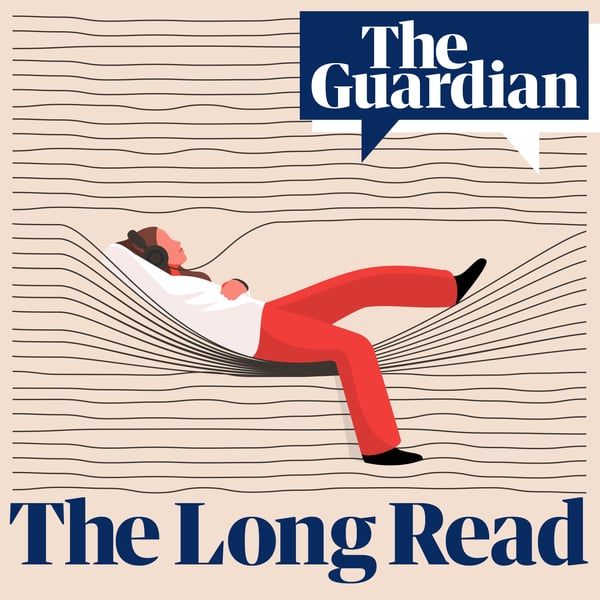How we lost our sensory connection with food – and how to restore it
The Audio Long Read
The Guardian
4.3 • 2.4K Ratings
🗓️ 18 April 2022
⏱️ 33 minutes
🧾️ Download transcript
Summary
Transcript
Click on a timestamp to play from that location
| 0:00.0 | This is the Guardian. |
| 0:10.8 | Hi, my name is Hannah Frankson. I'm a peloton instructor and I teach classes on the peloton bite and the peloton tread. |
| 0:17.1 | Nothing motivates me more than the thought of enjoying life to the fullest. |
| 0:21.8 | Life is always full with so many different challenges and chapters. |
| 0:25.6 | For me movement and exercise has been there throughout every stage of my life. Just living life to the max is what motivates me. |
| 0:32.5 | The Guardian loves has partnered with peloton to help you find motivation that moves you. |
| 0:36.6 | To find out more visit thegardian.com forward slash motivation with peloton. |
| 0:40.8 | This message was paid for by peloton. |
| 0:48.2 | Welcome to the Guardian Long Read, showcasing the best long-form journalism covering culture, politics and new thinking. |
| 0:54.6 | For the text version of this and all our long reads go to thegardian.com forward slash long read. |
| 1:03.3 | How we lost our sensory connection with food and how to restore it by B Wilson, |
| 1:08.9 | read by Lucy Scott and produced by Jessica Beck. |
| 1:12.6 | The executive producer is Max Sanderson. |
| 1:16.6 | This is going to sound weird, but I want you to look closely for a moment at your thumbs. |
| 1:22.6 | See how they flex forwards as well as back. Notice how responsive and grippy the skin is. |
| 1:29.5 | The human thumb is not just a device for giving the thumbs up sign or for picking up dropped keys. |
| 1:35.2 | It is also one of the most efficient and sensitive tools in existence for determining the ripeness of fruit. |
| 1:43.2 | One of the hallmarks of being a hominid is having opposable thumbs. |
| 1:47.9 | Stronger, longer and more flexible than the thumbless hands of a spider monkey or the non-opposable thumbs of a mama set. |
| 1:55.8 | These opposable thumbs are a trait that humans share with our primate cousins such as chimpanzees. |
| 2:02.1 | But it has only recently been discovered that our thumbs might have first evolved as a device for measuring whether or not fruit was ripe. |
| 2:10.6 | In 2016, biologist Nathaniel Dominie studied the way chimpanzees pick figs. |
... |
Please login to see the full transcript.
Disclaimer: The podcast and artwork embedded on this page are from The Guardian, and are the property of its owner and not affiliated with or endorsed by Tapesearch.
Generated transcripts are the property of The Guardian and are distributed freely under the Fair Use doctrine. Transcripts generated by Tapesearch are not guaranteed to be accurate.
Copyright © Tapesearch 2025.

